Frank and his MIH Watch developed by Ludwig Oechslin and Paul Gerber
The marvellous combination of an Annual Calendar and a Monopusher Chronograph in the most understated design.
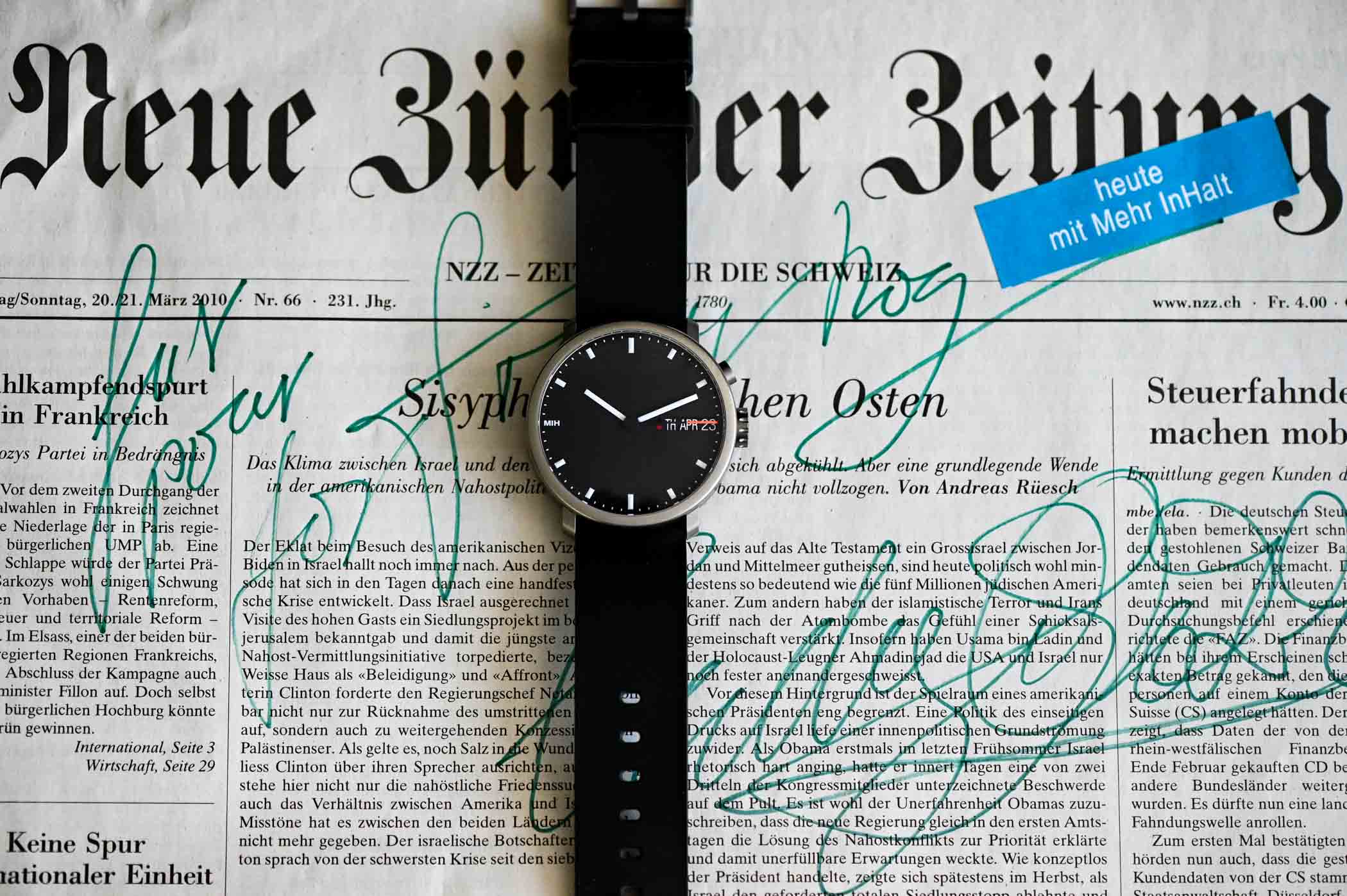
Fly under the radar: this could be the motto of the first generation MIH Watch that was developed by none other than Ludwig Oechslin and Paul Gerber. Christian Gafner, an industrial designer who never before designed a watch, has to be credited for the ‘fly-under-the-radar’ design that goes together so well with what’s under the ‘hood’. The MIH Watch served as a fundraiser for the Musée International d’Horlogerie in La Chaux-de-Fonds, Switzerland, where Ludwig Oechslin was the conservator and was sold in a newspaper!
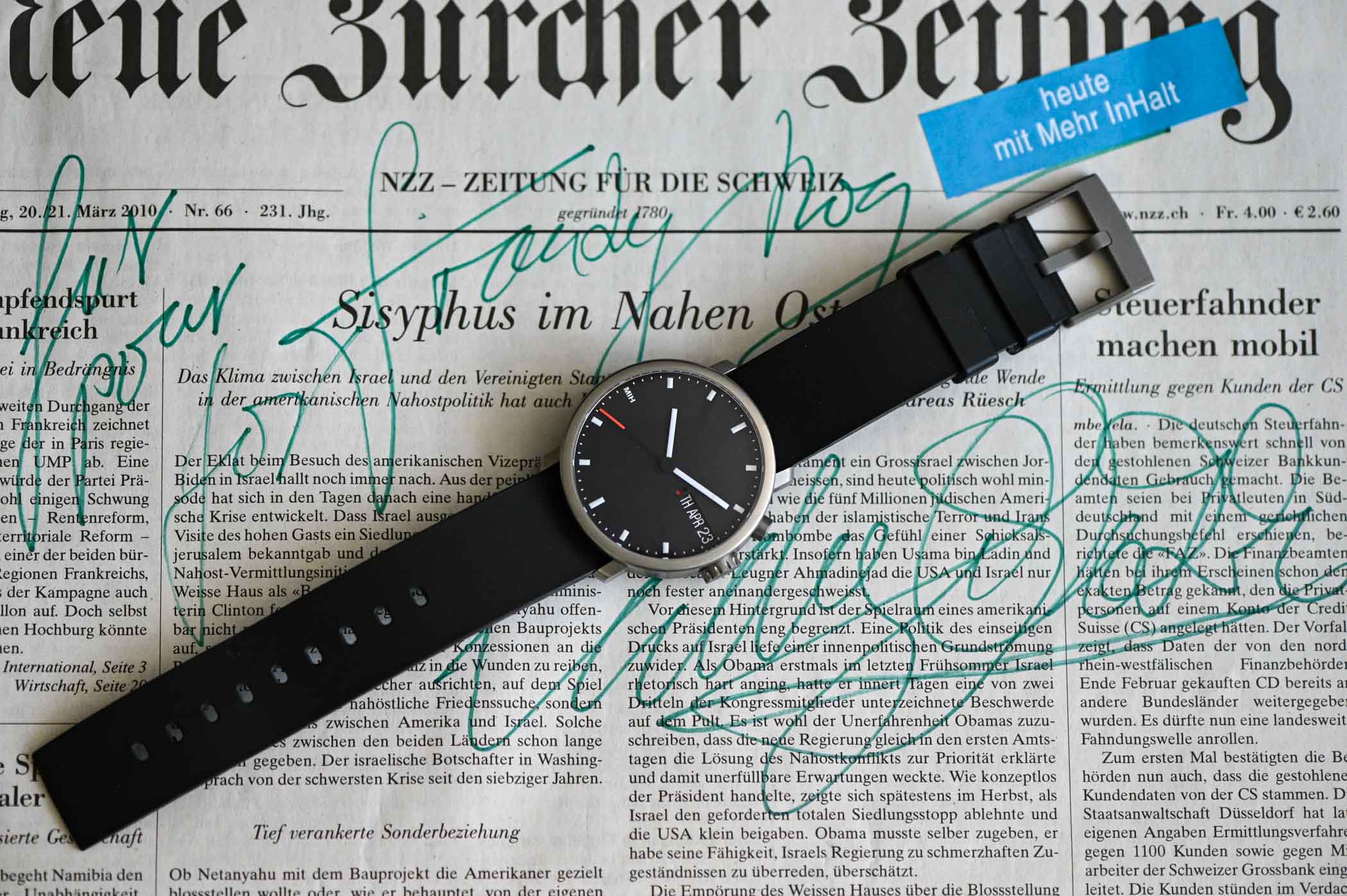
Today I’m interviewing Frank Geelen, the founder and editor-in-chief of MONOCHROME, and we talk about his MIH Watch that he bought ten years ago. Although we’ve talked about many of his watches, the MIH Watch recently popped up in conversation and since it’s such a unique watch, that was born from a unique motivation and executed in such a unique way, we both felt that it had to be featured in a Collector’s Series, so here we go.
Brice Goulard – How did you first hear or read about the MIH Watch?
To be honest, I don’t know anymore, or at least I don’t recall one exact moment like an epiphany or something like that. But it was when I was ‘getting into watches’, and at that time I read pretty much everything I could lay my eyes on. One of the (online) places I frequented was the Purist and back in the day, they had a big section devoted to independent watchmaking. Heck, I had no clue what ‘independent watchmaking’ was or how it fitted in the whole scheme of things. Slowly I got a better idea about the history of watchmaking, about the various brands, small and large, the groups owning brands, and the ‘Indies’. At the time, information about watches was scattered all over the web, and the scarce information was littered with nonsense, opinions and all this on often badly made websites and forums. It feels like the Stone Age now, but it was only twenty years ago. I think that it was at the Purist where I read a post by Magnus Bosse about his own MIH Watch. When I saw the watch, I liked the simplicity, the purity in design, and when I read on, I was stupified.
Oh? Tell me why!
When you look at the watch, you expect it to indicate time by means of a centrally placed hour, minute and second hand with the day of the week, month and date indicated in a large aperture at 3 o’clock. At first glance, I didn’t get what the red dot was for, but I was so smitten by the clean design and the almost extreme purity, that I forgot about that. When I read more, I noticed the mention of a chronograph. Oh, and it was a mono-pusher chronograph, so that would explain that single pusher at 2 o’clock. But no sign of any chronograph counter. And the calendar indication seems to be an annual calendar! So let me digest this: an annual calendar and a mono-pusher chronograph? Where’s the chronograph counter? Oh my…that’s so impressive. So discreet. So fly-under-the-radar. But I still hadn’t found the chronograph counter! That is until I took a good look at the picture of the caseback with this little aperture.
How cool is that! A tiny rotating disk, with a red arrow beside it, that serves as chronograph counter. When you look closely it can register up to 30 minutes. Now, this isn’t a very practical solution, but let’s be honest, who actually uses the chronograph of a wristwatch these days? I sometimes use a chronograph function, but not out of necessity, but for the fun of it. For timing the cooking time of the spaghetti or rice. And with the years, my eyes are not getting any better and I have to admit that reading elapsed time on a wrist-worn chronograph is often challenging. Especially when hands are overlapping the chronograph counters and unfortunately that happens on many chronographs.
MIH is not a brand, so why did they call it MIH Watch?
MIH stands for Musée International d’Horlogerie or the International Museum of Horology in English. This horological museum in La Chaux-de-Fonds, Switzerland, is owned and operated by the city of La Chaux-de-Fonds and Ludwig Oechslin was appointed custodian of the MIH since 2001. In this position, Oechslin should remain commercially neutral and not get involved in developing watches for brands, as that would be considered a commercial activity.
Also in 2001, the museum received a huge and very complicated clock; however, the museum lacked funds for the necessary restoration of the clock. And while Oechslin had to remain commercially neutral, this didn’t prohibit him from developing a watch for the museum to sell and raise funds for this restoration… Now that was the idea behind the MIH Watch. There is of course more to the story, as funding was needed, production partners, and more. But the watch itself, as imagined by Oechslin, started as an annual calendar build on an ETA 2892-2 movement.
From the sale of every watch, 700 CHF would go to the museum and they first started the restoration of the monumental astronomical clock of the Breton watchmaker Daniel Vachey. Later other projects got funded through the sale of MIH watches.
So can you tell us more about how the watch came to life?
The idea for the MIH Watch started with an annual calendar based on a movement you could buy everywhere (mind you, this is before Hayek Sr. thought it would be wise to stop delivering movements to third parties), in this case, an ETA 2892-2. The annual calendar was, at the time, almost entirely in the hands of Patek Philippe. This brand was the first to introduce a wristwatch featuring an annual calendar instead of a perpetual calendar with the ref. 5035 that was introduced in 1996. While a perpetual calendar always indicates the date correctly, an annual calendar has to be adjusted only for the month of February. So far, so good.
But the main ‘feat’ regarding this annual calendar is that it was designed and constructed à la Oechslin; it had to be very user-friendly and all functions had to be easy to operate through the crown. And no springs were used, in favour of gears and altogether no more than nine moving parts! NINE!
Most triple calendars are comprised of several dozens of parts, let alone an annual calendar (or even a perpetual calendar). Nine moving parts and still being able to indicate the date correct for 364 days, as only the last day of February has to be corrected (via the crown) every year.
Further development, prototyping and of course production were entrusted to independent watchmaker Paul Gerber. He suggested upgrading from ETA 2892-2 to a Valjoux 7750, as the latter would offer more torque that is required for the calendar function. The small seconds sub-counter was removed and so were the other counters, of which one was moved to the backside of the movement, where it is now visible through a small aperture. Paul Gerber also changed the two-pusher actuation for the chronograph to become a single pusher chronograph, which to me is one of the quirky but oh so cool features of the MIH Watch. In that respect, Oechslin and Gerber co-created this watch and that makes it even more special to me.
And what about that red dot?
Ah yes! The red dot. Twelve hours a day there are two red dots and the other twelve hours only one. One red dot indicates it’s AM and two red dots indicates PM. The weekday indication, due to its construction, switches twice a day, and the dots help to correctly set the time.
It looks rather particular and even reminds me a bit of a Swiss railway clock. Why did they choose this design?
It was Christian Gafner, an industrial designer who had never designed a watch before, who submitted this design. He wanted to create a very legible watch, easy to read the time on, and no-frills or anything, and also no inscriptions on the dial. Except for a very small “MIH” at the 9 o’clock position, as a little reminder of the simply brilliant annual calendar mechanism with only 9 moving parts. Exactly opposite is the day/month/date window with one or two red dots.
The choice for titanium was easy as it is light and anti-allergenic. But there’s much more to it! The crown which features 12 small ‘incisions’ and the caseback is screwed down by 12 screws, both reminding us of the twelve hour markers on the dial. And the rubber strap has nine openings for the pin buckle, again reminding us of the nine moving parts. In the caseback is a small aperture with glass, allowing for a view of the 30-minute counter of the chronograph.
One last thing that I find funny, or nice, is that the exact location of the museum is engraved in the buckle. This is done in degrees, minutes and seconds, so when you type it into Google maps or your car’s navigation system, you will find it!
And what about the newspaper? Is it really delivered in a newspaper?
Yup! It is really delivered in a newspaper, and to be precise, in the Neue Zürcher Zeitung of the day of delivery. Inside is a booklet onto which the watch is attached. And on the front page, they put a sticker mentioning “heute it Mehr InHalt” (English: today with more content) and again this quirky joke, making only three of the characters in capitals… the M, the I and the H. To me, all these funny design ‘jokes’ are far more interesting than the average watch box, so thumbs up for everyone involved in creating this!
Any tips for other collectors?
Well, this is the first edition of the MIH Watch and it was limited to 100 pieces a year if memory serves me well. It wasn’t until September last year when I learned that there’s a second edition MIH Watch. Something entirely different, designed and manufactured by other people, and different complications, but its looks are similarly understated. This first edition MIH Watch has been in production for almost fifteen years. While the limitation by production was set at 100 pieces a year, I do not know if they sold 100 pieces every year. So whether they sold a total of 1,500 pieces or less, I do not know. In the past many years I have only seen a handful of these being offered for sale, so I guess it will be very difficult to obtain one of these.
One other thing is that ever since I learned about Oechslin’s annual calendar of nine moving pieces, and his different approach to creating a calendar mechanism, I’ve been following Oechslin’s work. I love and admire his unconventional way of thinking, especially in the Swiss watchmaking world where the adage often seems to be “we’ve always done things this way”. I love it! Oechslin has also created some of the most remarkable and complicated watches for Ulysse Nardin and Ochs und Junior.
If you want to participate in The Collector’s Series, then please send an email to [email protected]

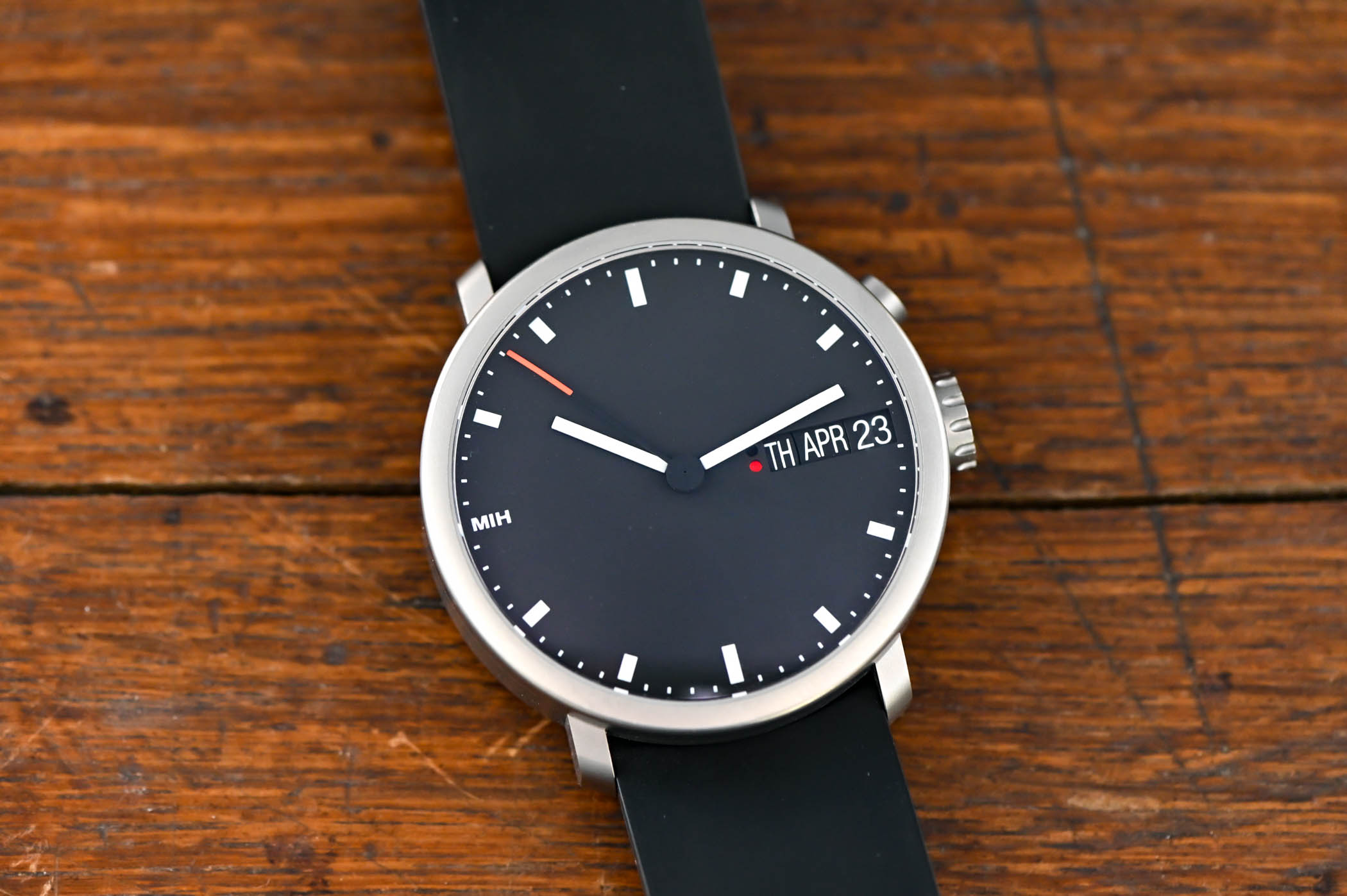
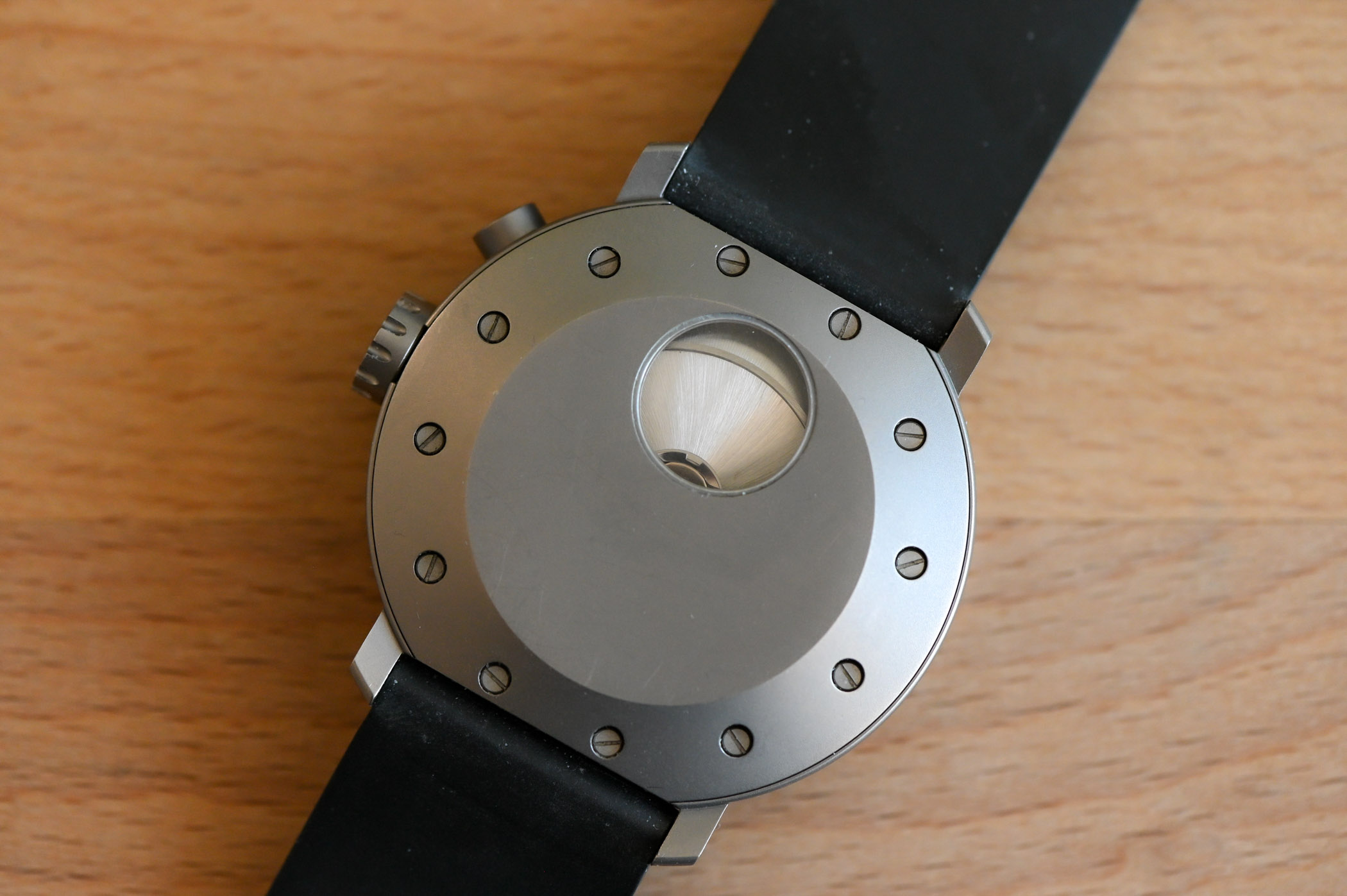
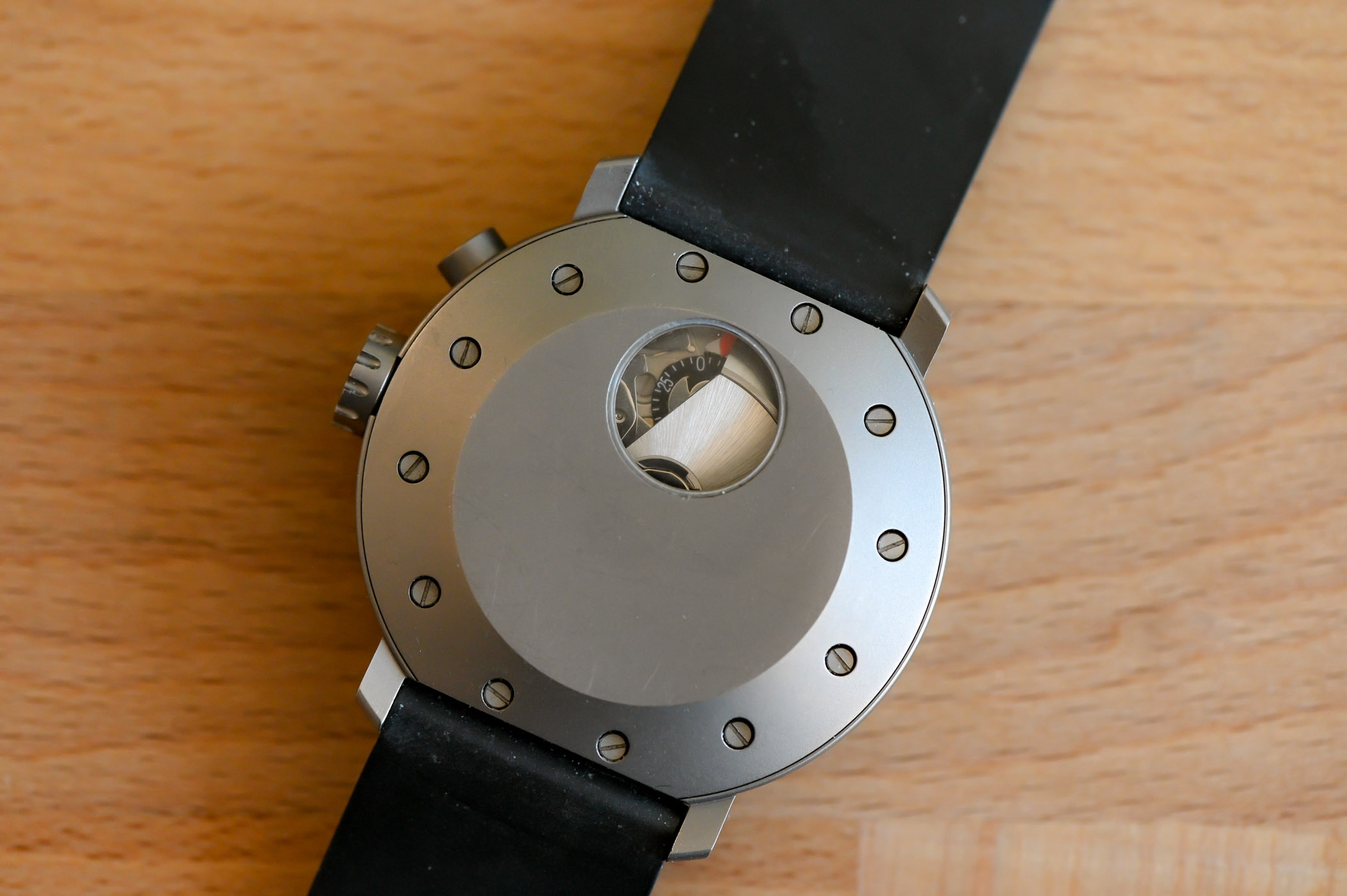
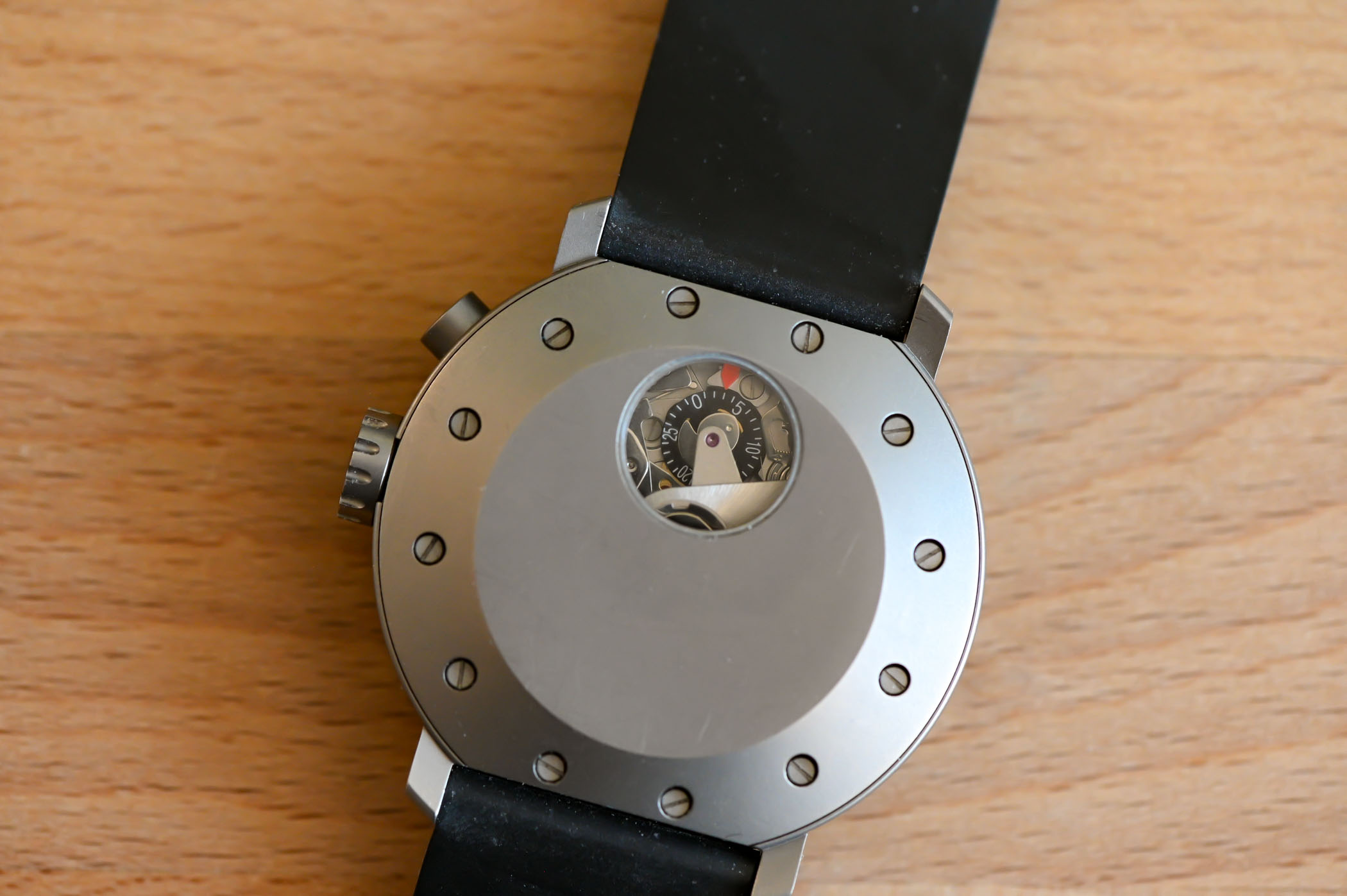
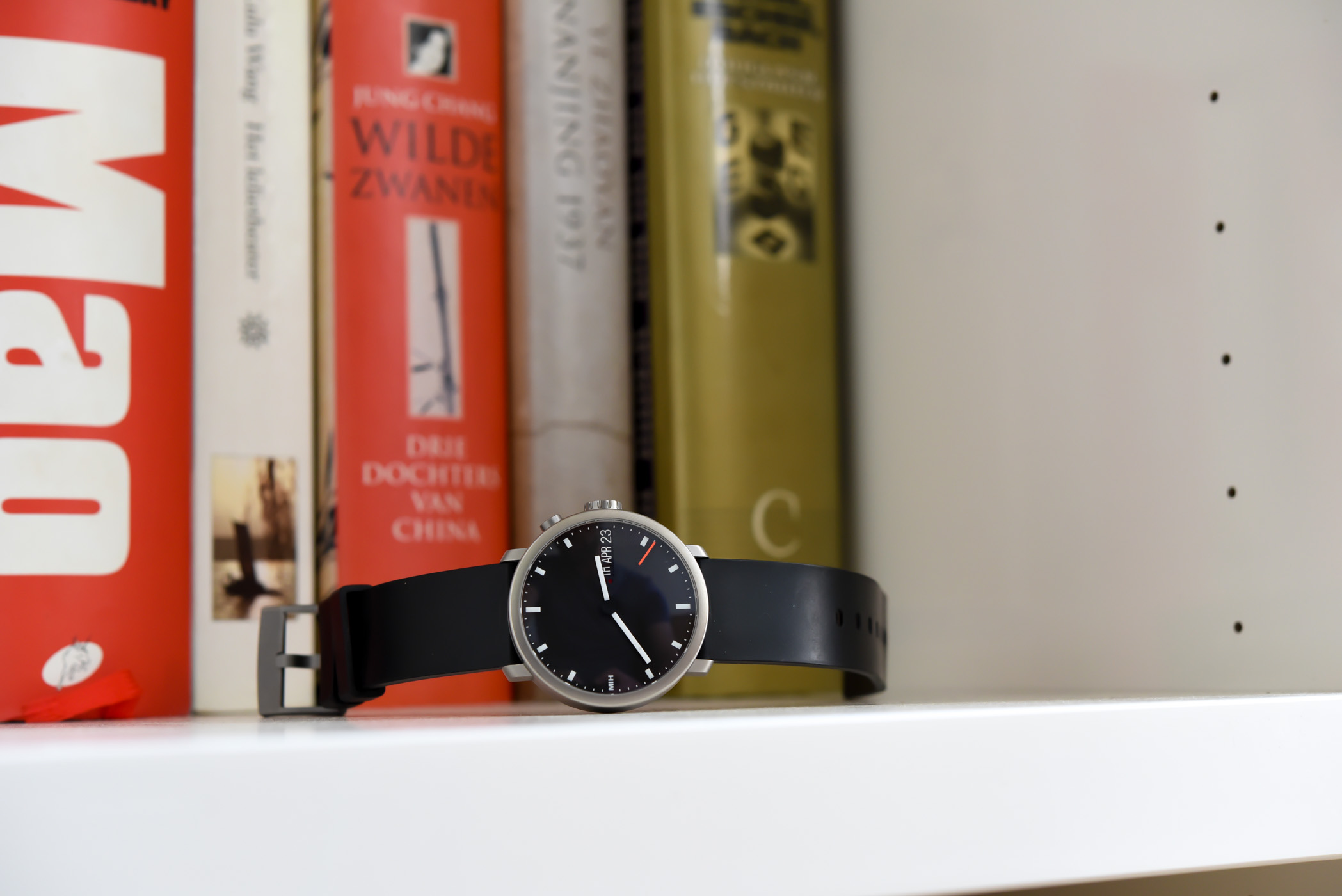

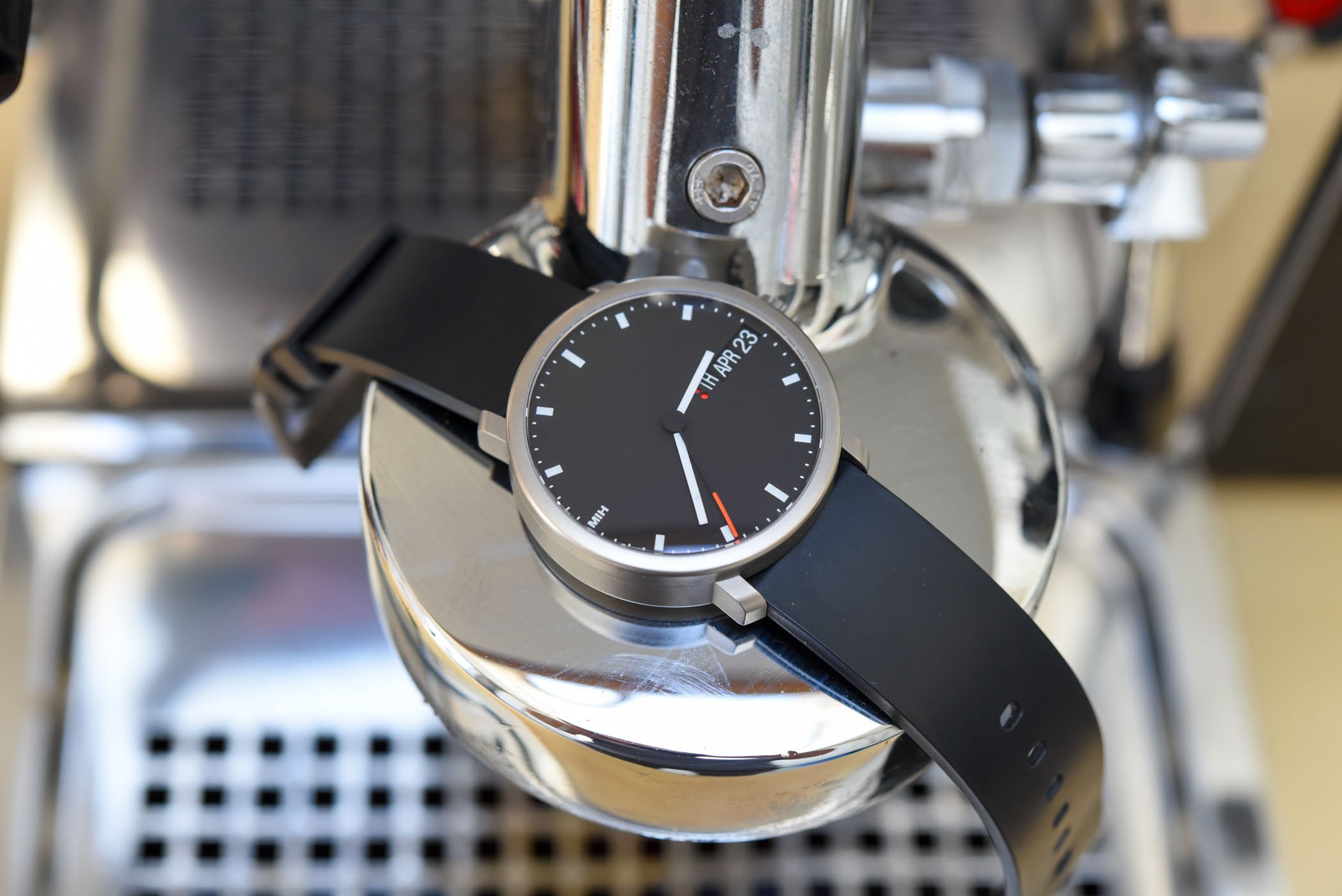
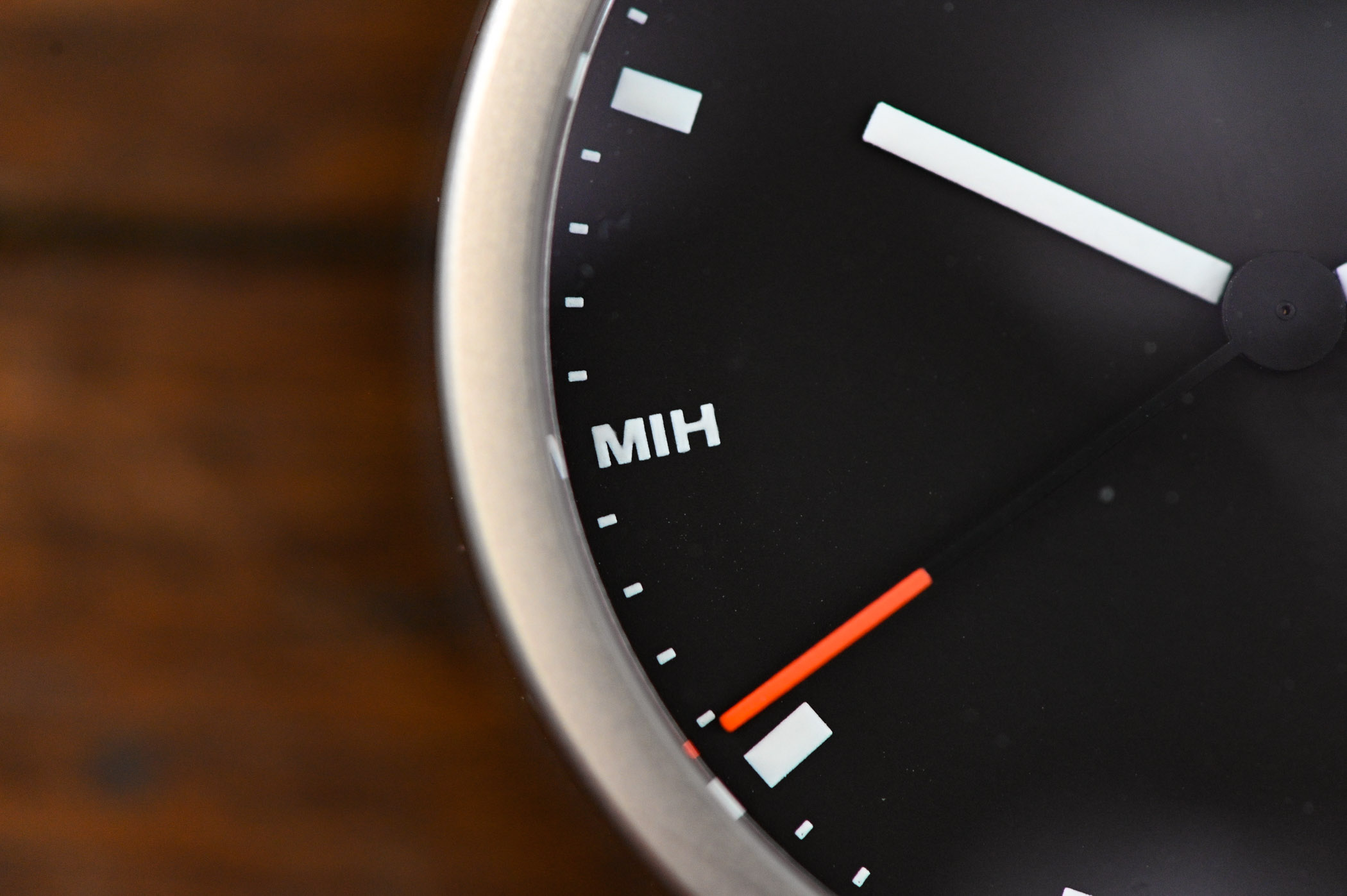
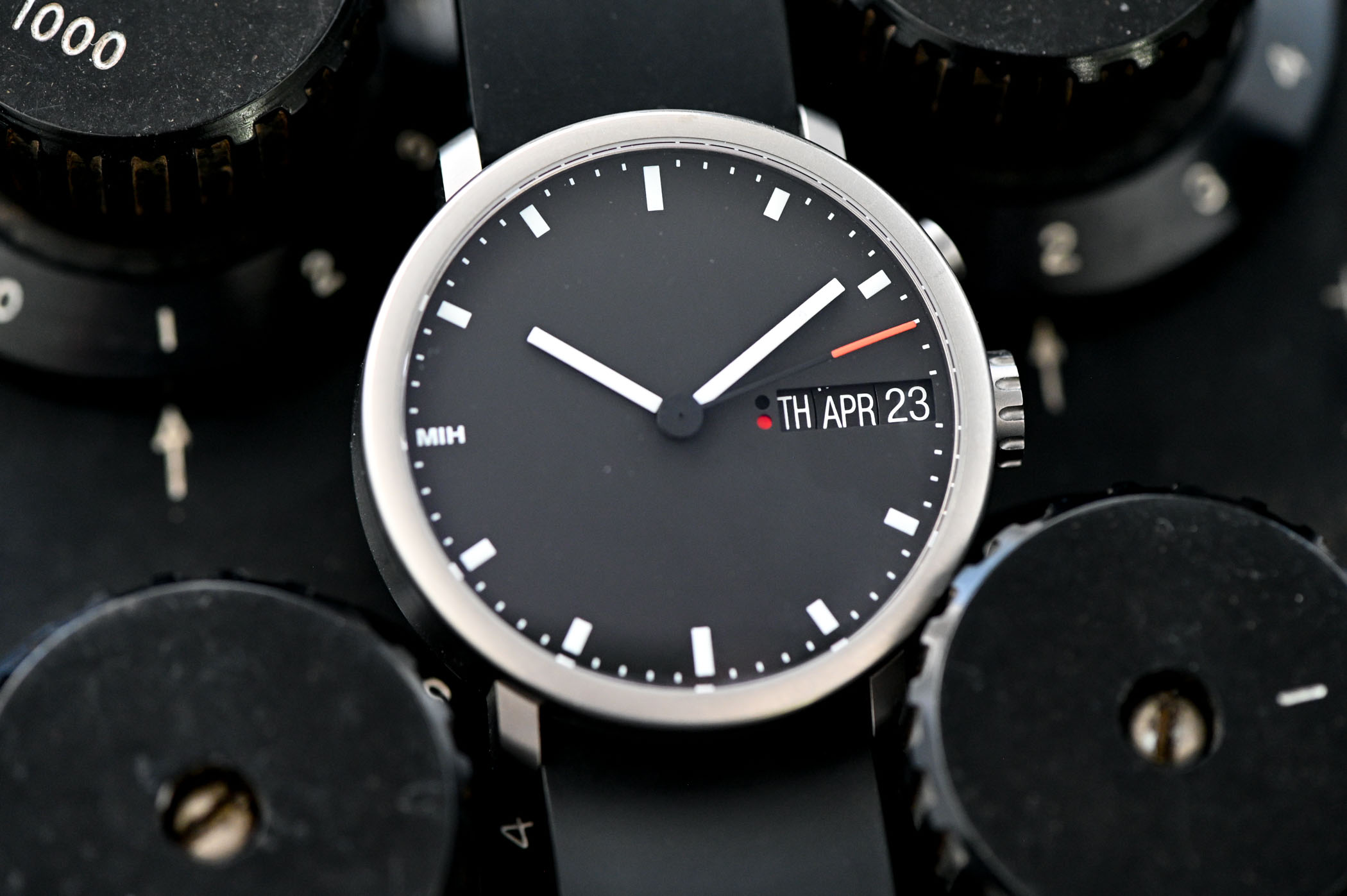

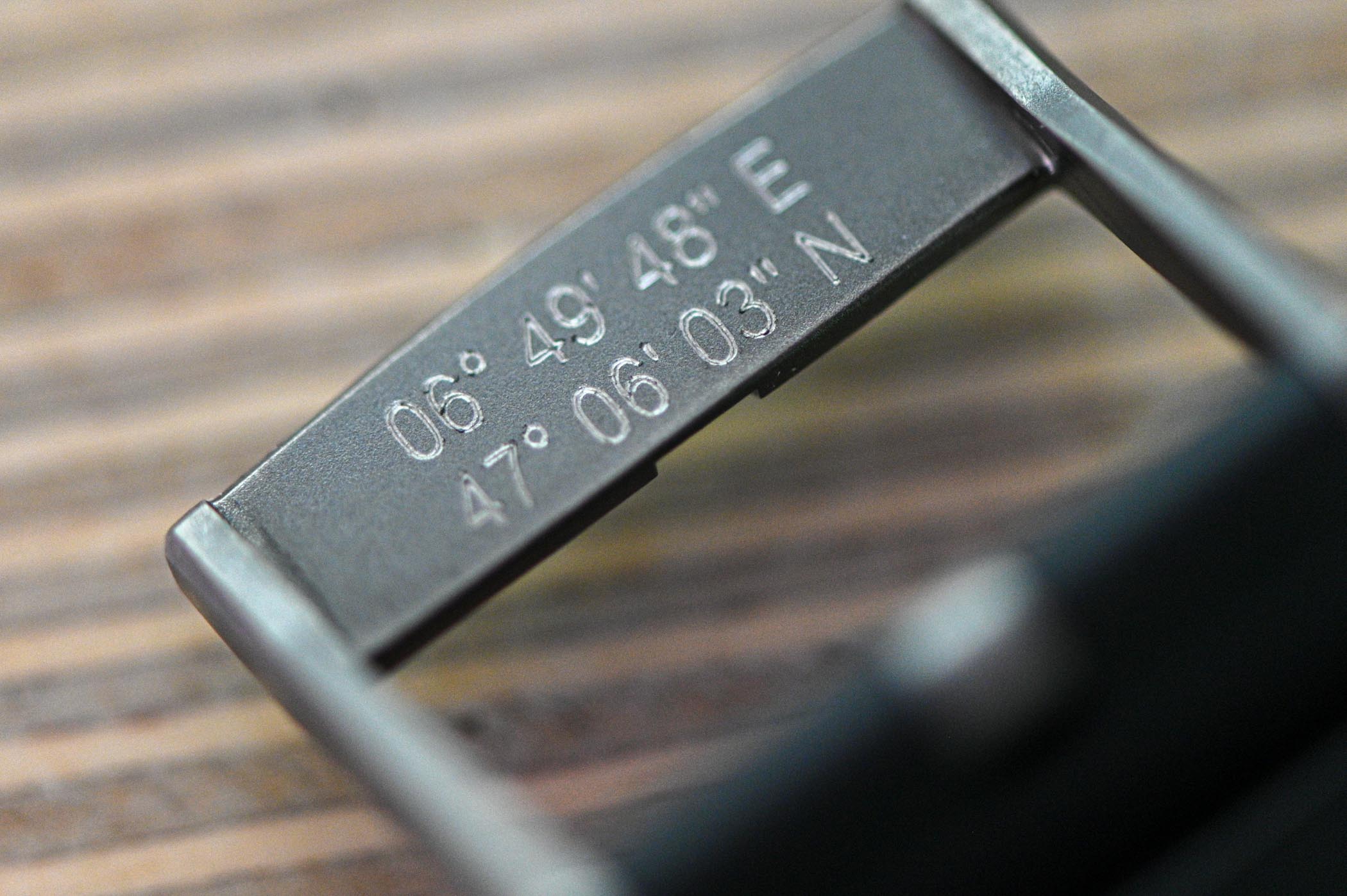
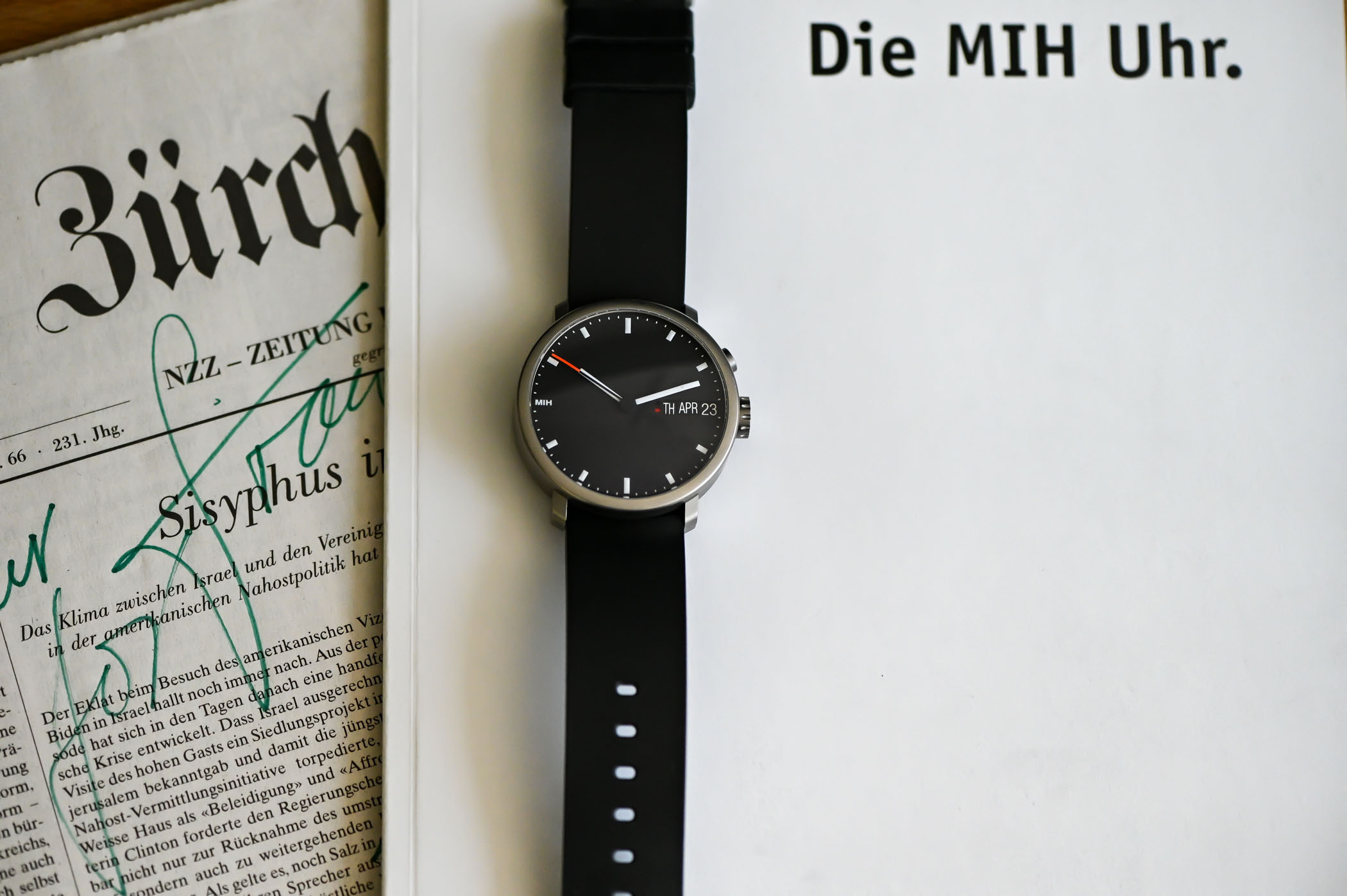
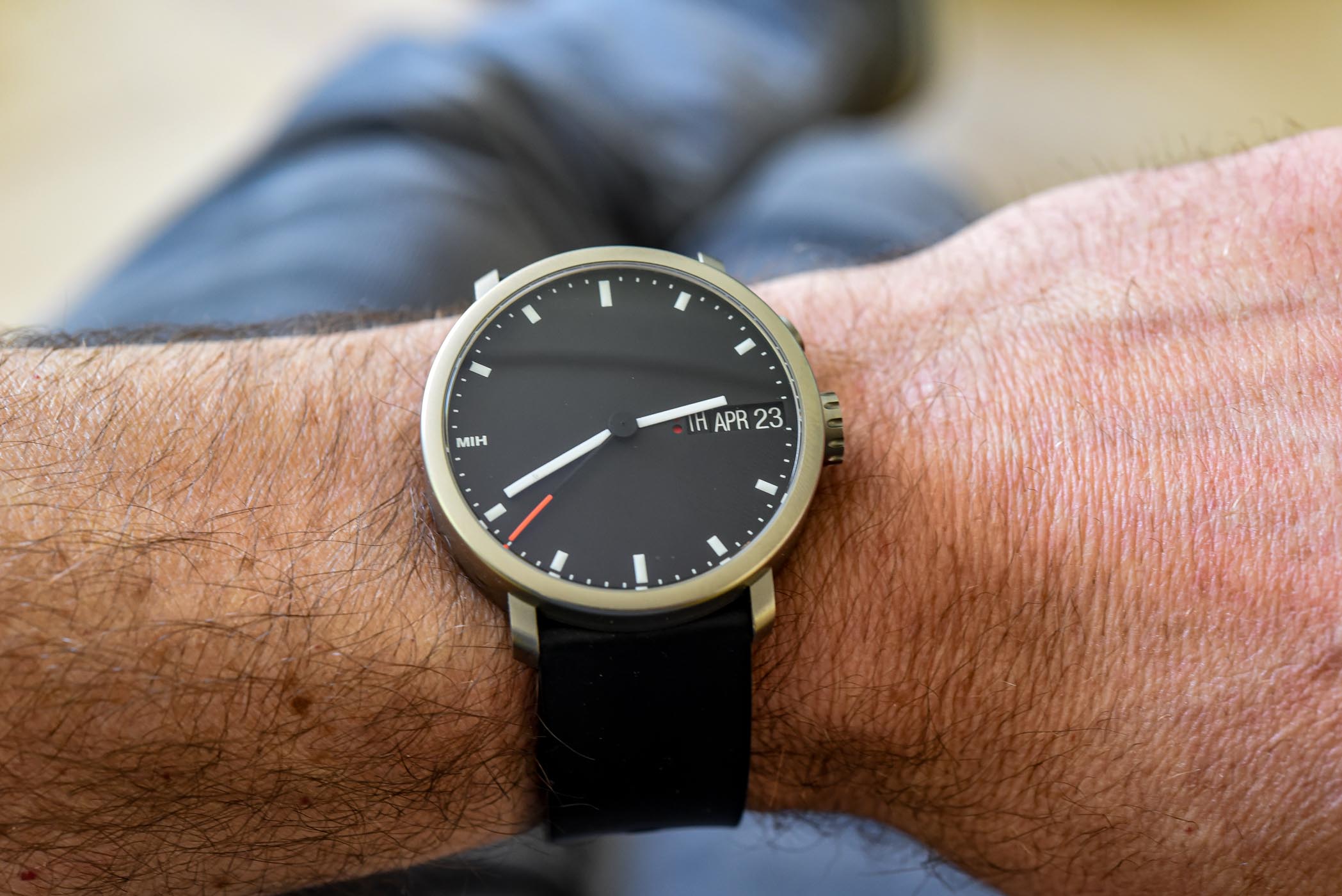



3 responses
Brilliant little watch. Oechslin is a practical genius.
Perhaps it would be better if more people from outside the traditional horological background got involved, this seems to be pretty much a perfect watch. Clear display and easy to read. A lot more information tha normaiiy provided with less clutter. Since retirement having a day as well as date display has become my normal wear and I would think in the current circumstances more people will be finding the same..
This is one of my favourite watches. I am fortunate to work near Paul Gerber’s atelier and will bring it for a service next week.
Fun fact – the minute hand lines up perfectly at the 12, 3, 6 and 9/MIH hour markings with no gaps. The hour hand also aligns with the red tip of the second hand. Lastly, the second hand has the same radius as the outer hour markings.
These tiny details also contribute to making this watch special.